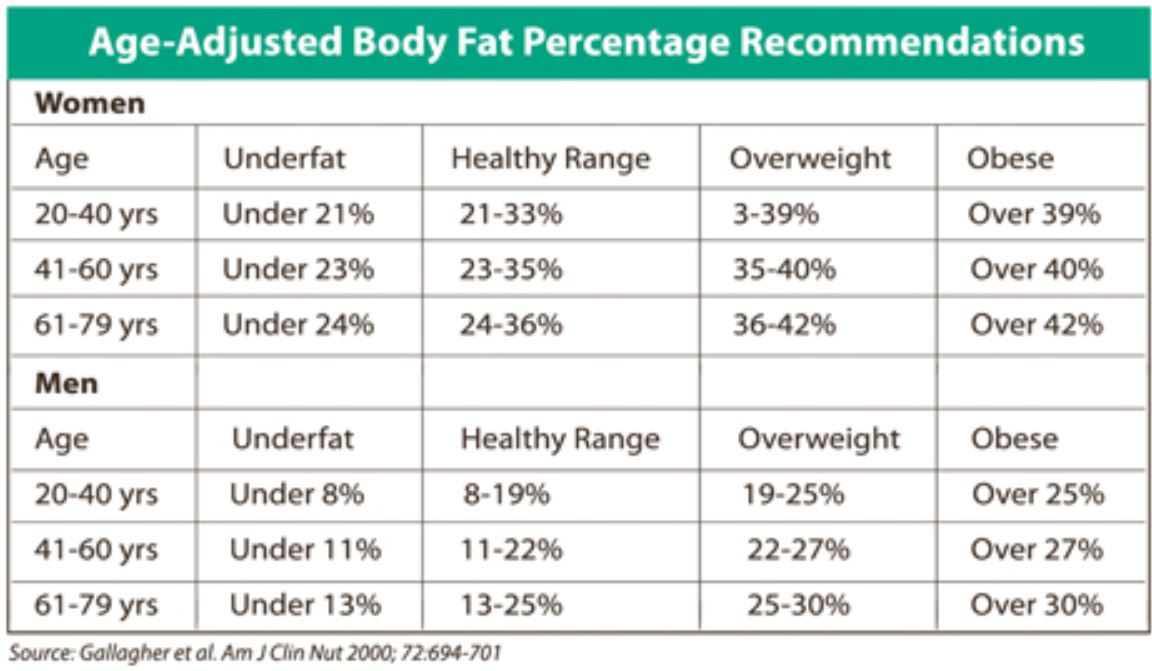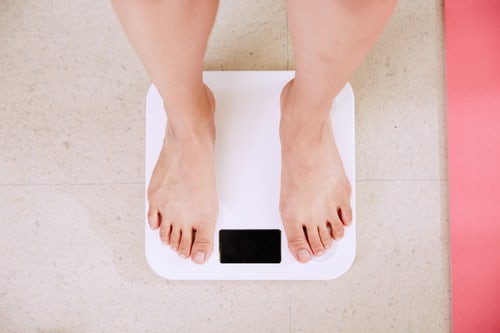Of the many corporate wellness services we offer at MNT, one of our most popular is body fat testing using a technique called bioelectrical impedance analysis (BIA). That may sound a bit foreign and scary, but BIA is a quick, easy, painless snapshot of certain measures of employee health.
In just a few seconds, our dietitians can obtain important information about an employee’s body fat and muscle mass composition and offer actionable strategies for improvement. Several of our companies bring us in every 6 months, which provides the opportunity to monitor their employees’ progress over time.
Why Don’t We Just Measure Body Weight?
Have you ever experienced scale shock? You hop on the scale and are unpleasantly surprised by the number that flashes across the screen? I’d be surprised if you haven’t had this experience—most of us have! While body weight is ONE measure to evaluate health, it is ever-changing measurement. Body weight isn’t always (or often) a strong indicator of health and wellness. For one, body weight changes from day to day, and even throughout the day! Many factors—including hydration, carb intake, sodium intake, bowel habits, hormones, and gym habits—cause short-term changes in weight.
That’s not to say you should entirely dismiss scale weight. Consistent creep on the scale is a good indicator that you may want to make a few healthy changes.
What about BMI (Body Mass Index?)
Many health and nutrition practitioners have moved away from weight and body mass index (BMI) assessment alone because these measures can seem abnormally high for those with big ol’ muscles. Consider a 2016 report from NPR, which found that every single player for the Denver Broncos would be considered obese by BMI standards!
Enter Body Fat Testing Using Bioelectrical Impedance.
Body fat testing and BIA provide more useful data about health measures beyond body weight, including body fat, muscle mass and hydration.
Body fat percentage is more precise than scale weight when assessing overall health. We all need a little body fat to protect the abdominal organs, to ensure proper hormone function, and for other health reasons. Goal body fat levels depend on both gender and age.

Body fat goals also depend on age. Women should aim for 33-36% body fat or lower, depending on age. Men should aim for 25% or lower, with lower percentages being desirable for younger men. Body fat percentages much higher than those guidelines increase risk of cardiovascular disease, diabetes, and other health complications.
Keep in mind that home scales that measure body fat may be off by a couple of percentage points. Rather than focus solely on that number, look at the trend over time using the same scale. Those with weight loss goals who are seeing reductions in body fat are likely on the right track.
Muscle Mass: Aim for the Sky!
How much muscle mass should you have? The limit does not exist! Generally speaking, more muscle mass is better.
Let’s say that your muscle mass has increased on the scale but your weight and BMI have increased. While you might feel discourage that body weight hasn’t changed, it is important to know that the increase in muscle mass is positive.
Skeletal muscle is so important for overall health. Maintaining muscle mass as you age protects against a drop in how many calories you burn (metabolic rate) and reduces your risk of bone fractures.
Optimal Hydration: 45-50%
Every cell in the body contains water. As such, a healthy body water percentage is key for helping your body to function at its best. Dehydration can cause lethargy, poor concentration, and low motivation at work. Total body water on a bioelectrical impedance analysis scale can help you to gauge whether you are properly hydrated.
A healthy total body water percentage for men is 50 to 65% while women tend to be a little lower (45-60%). Athletes may benefit from an even higher body water percentage.
That’s a lot of great info in just a few seconds on a scale, right? Beyond just the numbers, our dietitians can provide in-depth interpretation of weight, body fat and muscle mass and tailor strategies to each client for health optimization. Moreover, we can track those numbers over several visits and help your employees celebrate their wellness victories!
Click here to learn more about our body fat testing and interpretation for your workforce, or to schedule a session!

